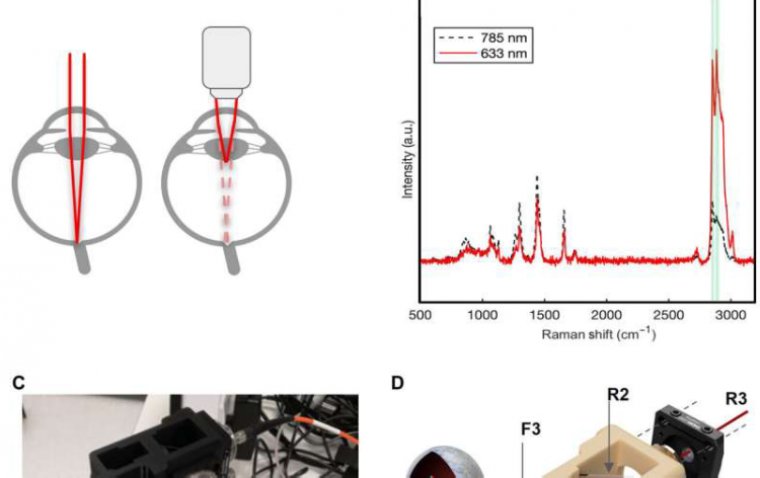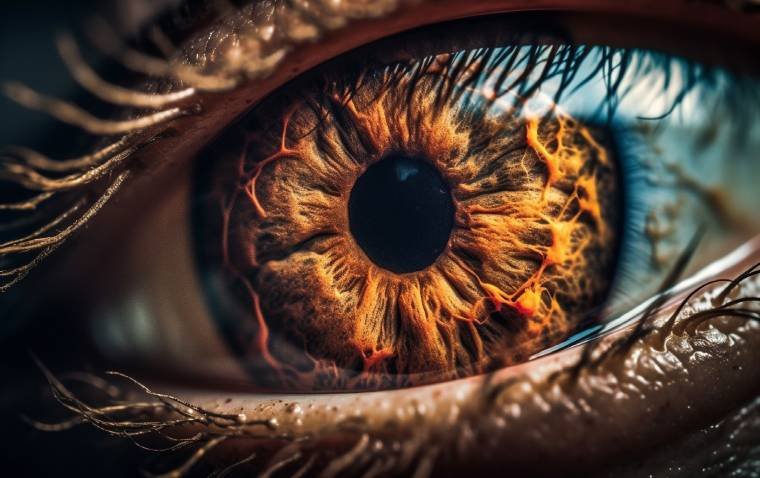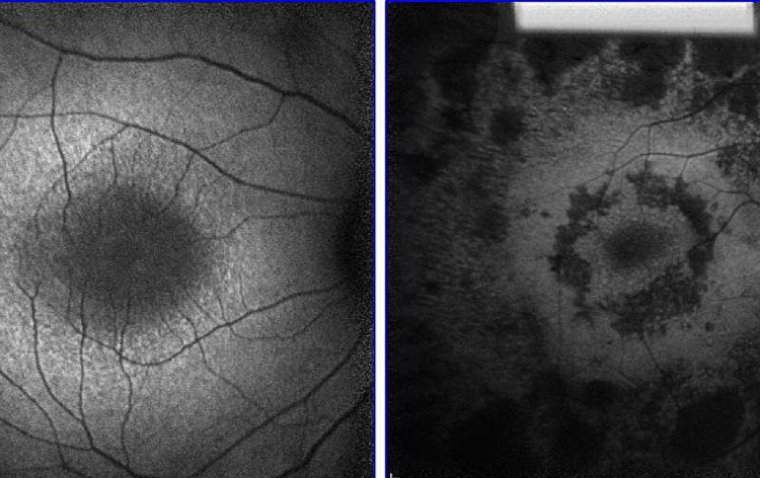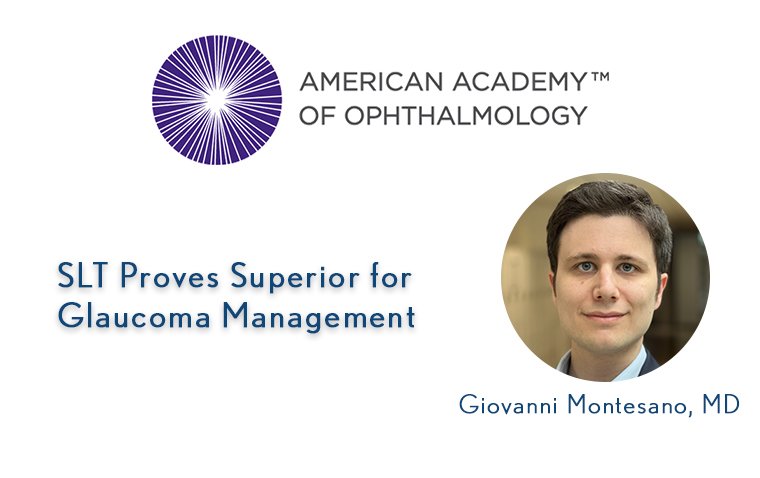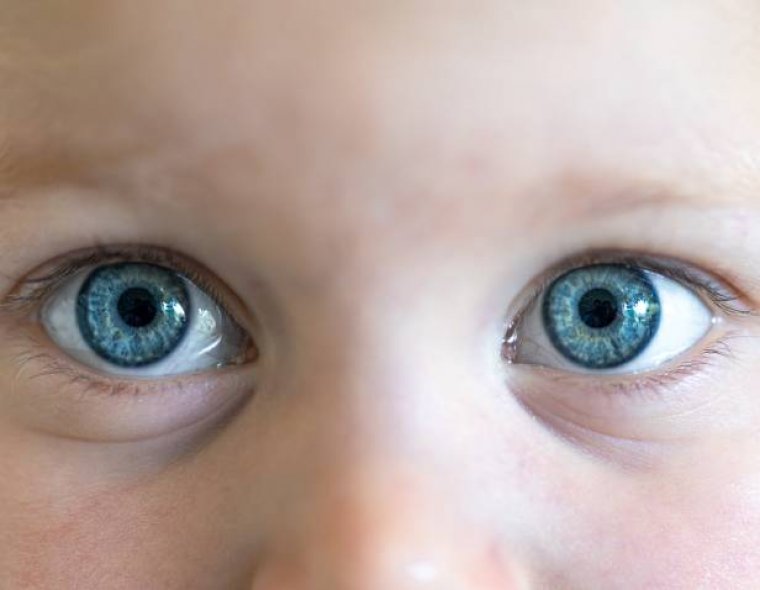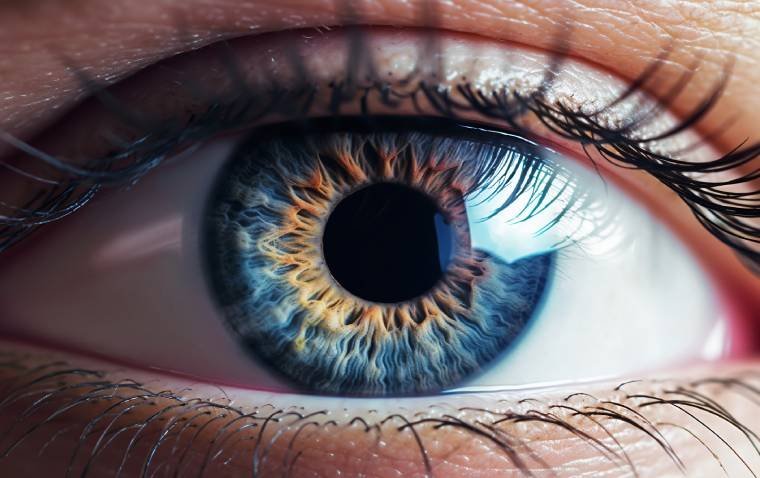
Gene Therapy Reduces Eye Pressure in Mice, Offers Potential Alternative to Glaucoma Drops
A new study suggests gene editing could offer a reversible and less frequent alternative to daily eye drops for glaucoma, one of the world’s leading causes of irreversible blindness. The findings, published in PNAS Nexus, point to a promising therapeutic approach for managing intraocular pressure (IOP).
Current Limitations of Glaucoma Treatment
Glaucoma patients typically rely on daily eye drops to manage elevated eye pressure. However, these treatments often come with complications, including:
• Bradycardia
• Metabolic acidosis
• Kidney stones
Moreover, patient noncompliance with daily regimens poses a significant challenge in long-term disease management.
Targeted Gene Editing with CRISPR Cas13d
In the study, Yang Sun, MD, PhD, and colleagues used a CRISPR-based gene editing technique to lower IOP in mice. Specifically, the team employed Cas13d, an RNA-targeting CRISPR effector, to downregulate the mRNAs for:
• Aquaporin 1 (AQP1)
• Carbonic anhydrase type 2 (CA2)
These genes are involved in the production of aqueous humor in the eye. The editing was localized to the ciliary body, the eye structure responsible for fluid production.
Significant and Reversible IOP Reduction
Cas13d-treated mice exhibited significantly lower intraocular pressure compared to untreated controls across both wild-type and glaucoma mouse models. Importantly, the therapy does not permanently alter DNA, making the effects reversible and adjustable—a key advantage over conventional gene editing strategies.
Path to Clinical Translation
While the results are promising, the authors caution that additional steps are required before this approach can be applied to humans. These include:
• Optimizing timing and dosage
• Developing a noninvasive delivery method
• Establishing safety and efficacy in human trials
The authors note that this gene therapy may only need to be administered monthly or even less frequently, making it a potentially transformative solution for millions of glaucoma patients worldwide.
Reference:
Siyu Chen et al. Gene therapy for ocular hypertension using hfCas13d-mediated mRNA targeting, PNAS Nexus (2025). DOI: 10.1093/pnasnexus/pgaf168.
(1).jpg)
